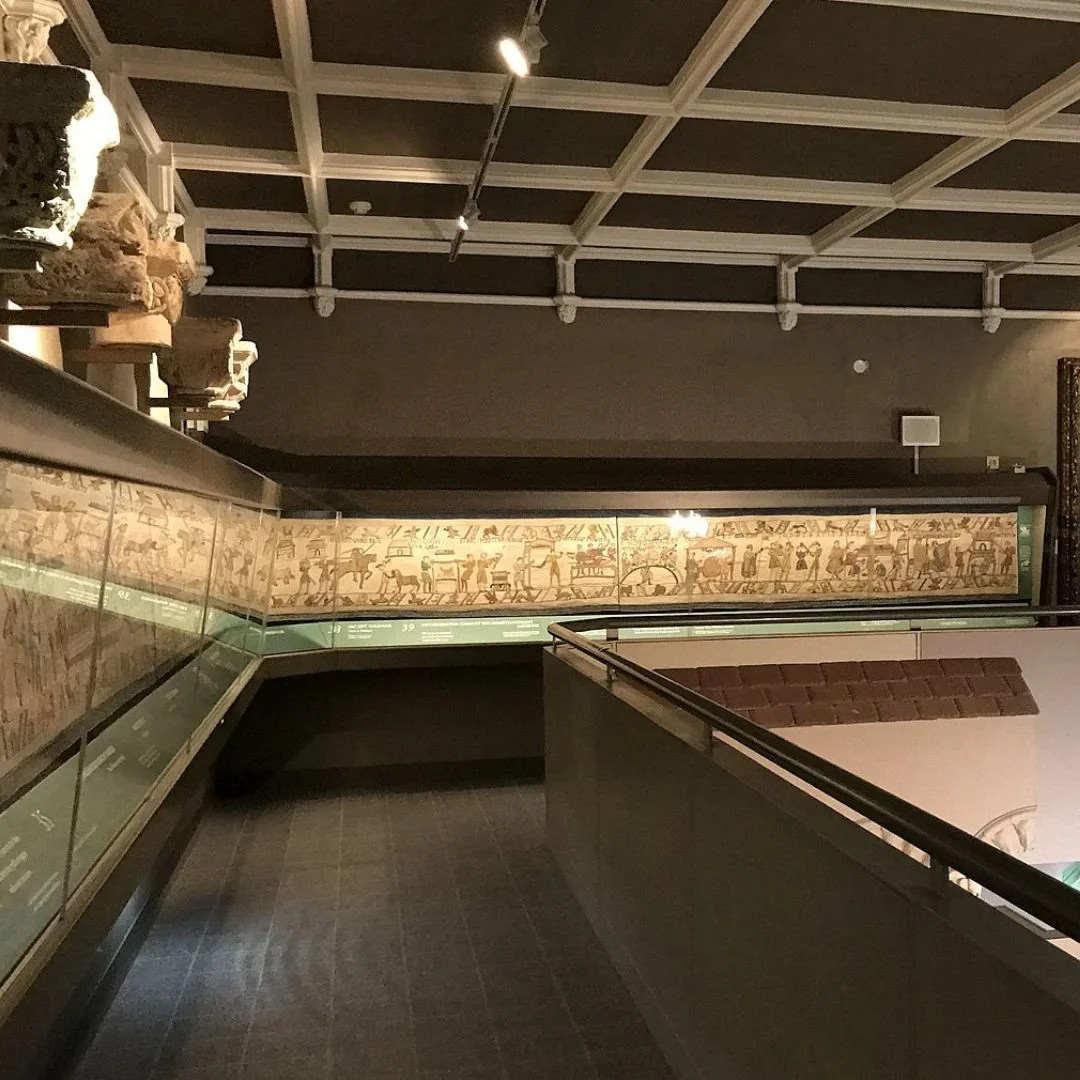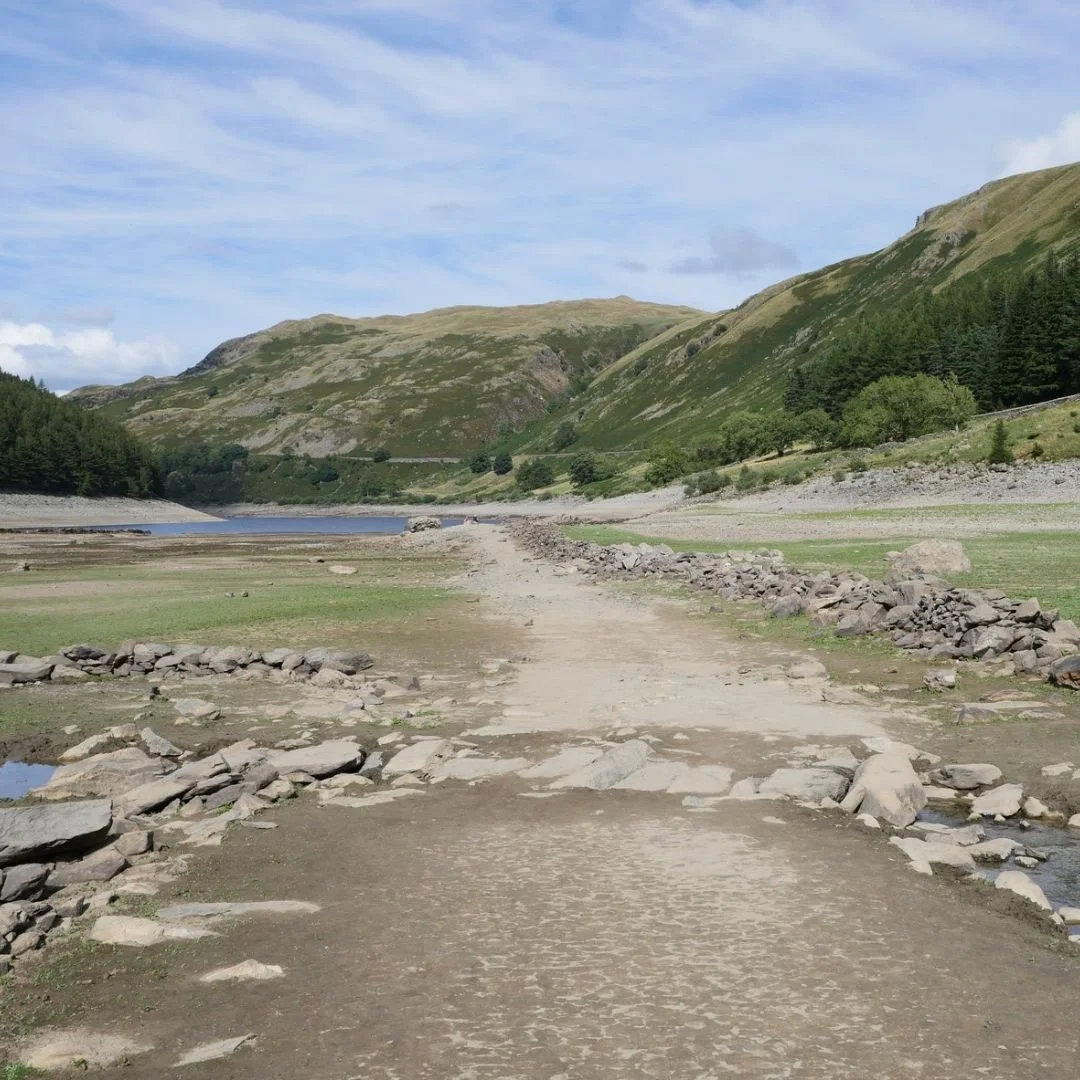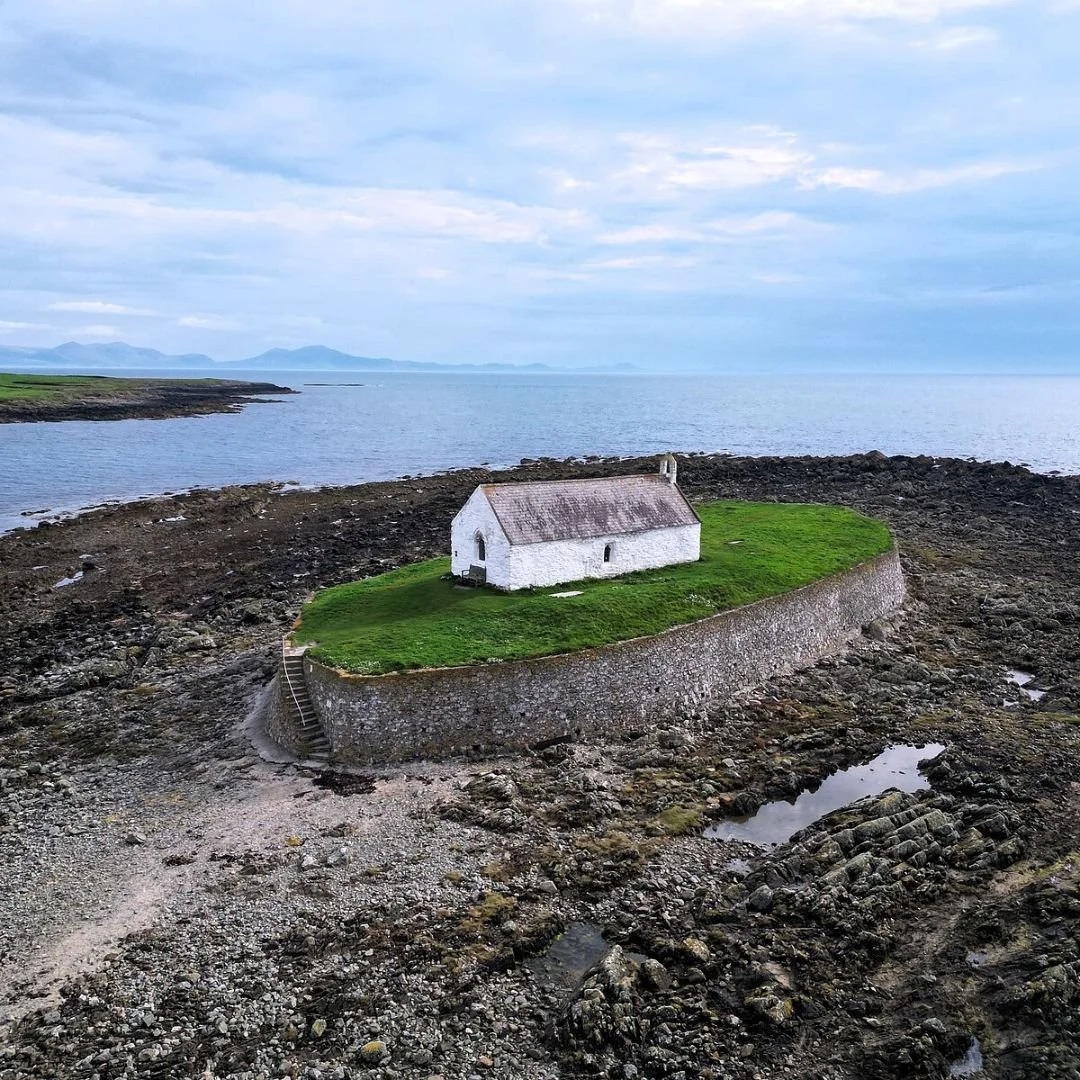1,800 Year Old Carving Of Penis Found On Hadrians Wall
More than 57 carvings of male genitals can be found scattered across the length of Hadrian’s Wall.
Although humanity has made significant progress, certain aspects of basic human nature persistently endure.
These include our inherent desire for love and acceptance, our pursuit of fulfilling physiological requirements, and our tendency to doodle phallic symbols on walls…
Roman soldiers, deployed in 207 A.D. to repair parts of Hadrian’s Wall, took time to scrawl some, uh, explicit graffiti at a nearby quarry.
It’s said that the genitals were good luck symbols to ward off the evil eye - there are many surviving examples in Rome.
Constructed during Roman times in what is now northern England, Hadrian's Wall, famously depicted in Game of Thrones as the Great Wall, was commissioned by Emperor Hadrian in AD 122.
Its purpose was to safeguard the Ancient Britons from neighbouring peoples, such as the Picts of modern-day Scotland, thus serving as a barrier against perceived threats to Roman territory.
While not impervious to attacks, Hadrian's Wall proved largely effective, serving as a symbol of Roman authority and regulating the movement of individuals within Roman Britannia.
Curiously, Roman soldiers expressed their gratitude in an unconventional manner by adorning the wall with numerous phallic illustrations.
According to Newcastle archaeologist Rob Collins, he has uncovered 57 additional depictions of male genitalia dispersed along the expanse of Hadrian's Wall.
However, the intention behind these drawings wasn't necessarily disrespectful; rather, they held a distinct significance.
In ancient Rome, inscribing penises and using them as talismans was commonplace - they were believed to ward off malevolent spirits and attract positive fortune.
Essentially, in Roman culture, phallic symbols represented good luck.
Beyond Rome, these depictions served as a symbol of authority, conveying a clear message: "Here lies Roman territory, under our dominion."
Today, these carvings provide valuable insights into the personal touches and human experiences associated with the construction and maintenance of Hadrian's Wall.
As if their endurance over 1,800 years weren't impressive enough, researchers are now digitising them for posterity.
They are in the process of creating a 3D model of these phallic etchings, providing a detailed glimpse into this unique aspect of history.
All in the name of science, of course.
Reacting to the photos on social media, someone said: Nothing much changes over centuries, still features on toilet walls worldwide! It obviously is an object of ongoing reverence!”
Phallic Carvings - the history
Phallic symbols held significant cultural importance in ancient Rome, representing fertility, masculinity, and protection against evil forces.
These symbols were not merely crude representations but were deeply ingrained in religious rituals, daily life, and even military practices.
Carvings of phalli adorned everything from household items to public monuments, reflecting the pervasive influence of these beliefs in Roman society.
One of the primary purposes of phallic carvings was to serve as protective talismans.
Romans believed that phalli had the power to ward off evil spirits and bring good fortune.
As such, these symbols adorned doorways, walls, and even tombs, acting as guardians against malevolent forces.
The presence of phallic carvings in various archaeological sites underscores the significance of this belief in Roman culture.
In addition to their protective function, phallic symbols held religious significance in ancient Rome.
They were associated with fertility deities such as Priapus, the god of fertility, gardens, and livestock.
Priapus was often depicted with an exaggerated phallus, symbolising abundance and prosperity.
Phallic carvings were thus intricately linked to fertility rites and rituals, reflecting the Roman reverence for fecundity and the cycle of life.
Hadrian’s Wall
Marching 73 miles from coast to coast, Hadrian’s Wall was built to guard the wild north-west frontier of the Roman Empire.
It was built by the Roman army on the orders of the emperor Hadrian following his visit to Britain in AD 122.
The most famous of all the frontiers of the Roman empire, Hadrian’s Wall was made a World Heritage Site in 1987.
Hadrian came to Britain in AD 122 and, according to a biography written 200 years later, ‘put many things to right and was the first to build a wall 80 miles long from sea to sea to separate the barbarians from the Romans’.
The building of Hadrian’s Wall probably began that year, and took at least six years to complete.
The original plan was for a wall of stone or turf, with a guarded gate every mile and two observation towers in between, and fronted by a wide, deep ditch.
Before work was completed, 14 forts were added, followed by an earthwork known as the Vallum to the south.
Most of the ancient wall was built in stone, but the eastern 30-mile section was in turf.
Who manned the wall?
Although mainly built by legionaries, the Wall was manned by auxiliaries.
They were organised into regiments nominally either 500 or 1,000 strong and either infantry or cavalry or both.
The 500-strong mixed infantry and cavalry unit was the workhorse of the frontier. Each fort on the Wall appears to have been built to hold a single auxiliary unit.
The troops based in the forts and milecastles of the Wall were mostly recruited from the north-western provinces of the Roman empire, though some were from further afield.
Army units tend to be accompanied by camp followers. Little is known about these people in the early years of the Wall; it would appear that they were not allowed to settle in the zone between the Wall and the Vallum.
Excavation has demonstrated the existence of civil settlements in the 3rd century and geophysical survey has recorded the urban sprawl spreading well beyond the forts.
These remains are undated, however.
Why did Hadrian build the wall?
When Hadrian inherited the Roman Empire, it had been continually expanding for hundreds of years.
It was beset with rebellions and struggling with the consequences of holding onto newly-won provinces.
Hadrian therefore decided to implement a policy of security and stability within the empire’s existing boundaries.
He gave up some of the territory that Trajan had won in Dacia, and the lands won from Parthia to the east of the River Euphrates, and focused instead on reviewing his army and reforming military installations along the empire’s frontiers.
Hadrian visited northern Germany, for example, where he inspected the army and updated the frontier to include Rome’s first artificial border – a continuous wooden palisade.
In Britain, which Hadrian visited in AD 122, the focus on shoring up the empire resulted in the construction of the famous Wall.
The only Roman testimony on Hadrian’s intentions comes from a much later biography known as the Historia Augusta, which states simply that Hadrian ‘was the first to construct a wall … which was to separate the barbarians from the Romans.’
But this reveals little about the circumstances that led to the building of the Wall.
There is some evidence to suggest that Britain was in revolt during Hadrian’s early reign and that the emperor mounted an expedition to suppress it.
It’s possible that the Wall was a consequence, or even a cause, of the trouble.
Whatever the intent behind it, the Wall was in keeping with Hadrian’s wider policy of frontier reform – but on the grandest of scales.
After the Romans
With the abandonment of Britain by the central authorities, it is less clear what happened.
At Birdoswald, a case had been made for life at the fort continuing, with the regimental commander perhaps turning into a local chieftain.
In the years that followed, Hadrian’s Wall became a quarry for the stone to build castles and churches, farms and houses along its line, until the conservation movement in the 18th and 19th centuries put a stop to that.
It was only from the mid 19th century onwards that early archaeologists and historians such as John Clayton, John Hodgson and John Collingwood Bruce began to study Hadrian’s Wall in earnest and sought to protect its still magnificent remains.
Today, you can explore the Wall’s rich history and its dramatic landscape at over twenty fascinating sites.
If you enjoyed this blog post, please follow Exploring GB on Facebook for daily travel content and inspiration.
Don’t forget to check out our latest blog posts below!
Thank you for visiting Exploring GB.

























